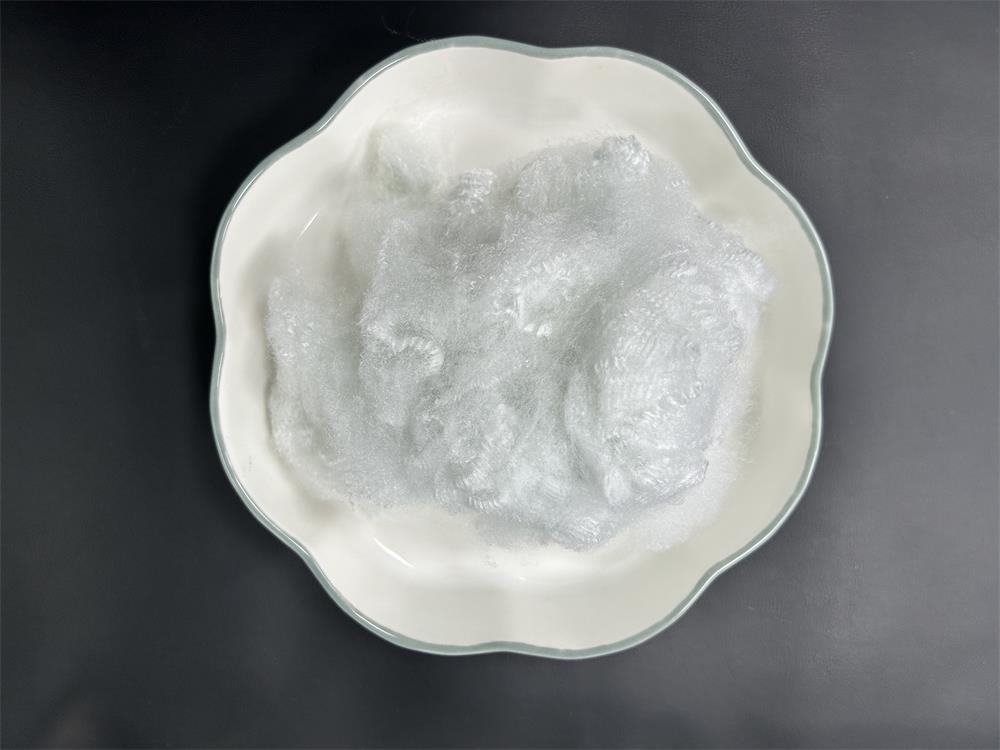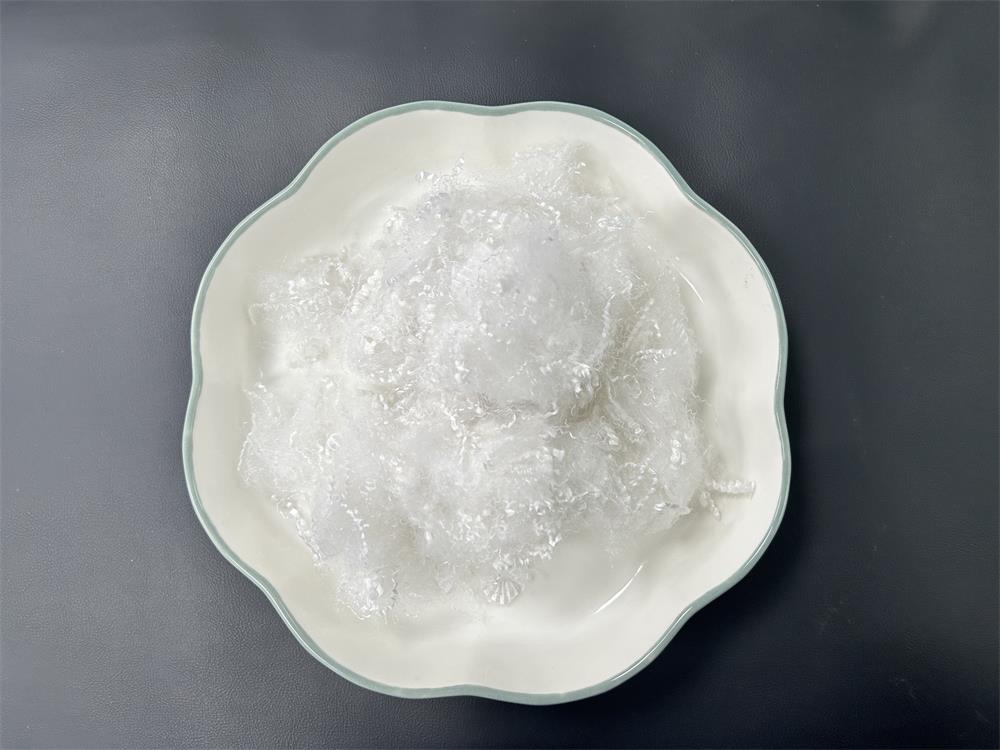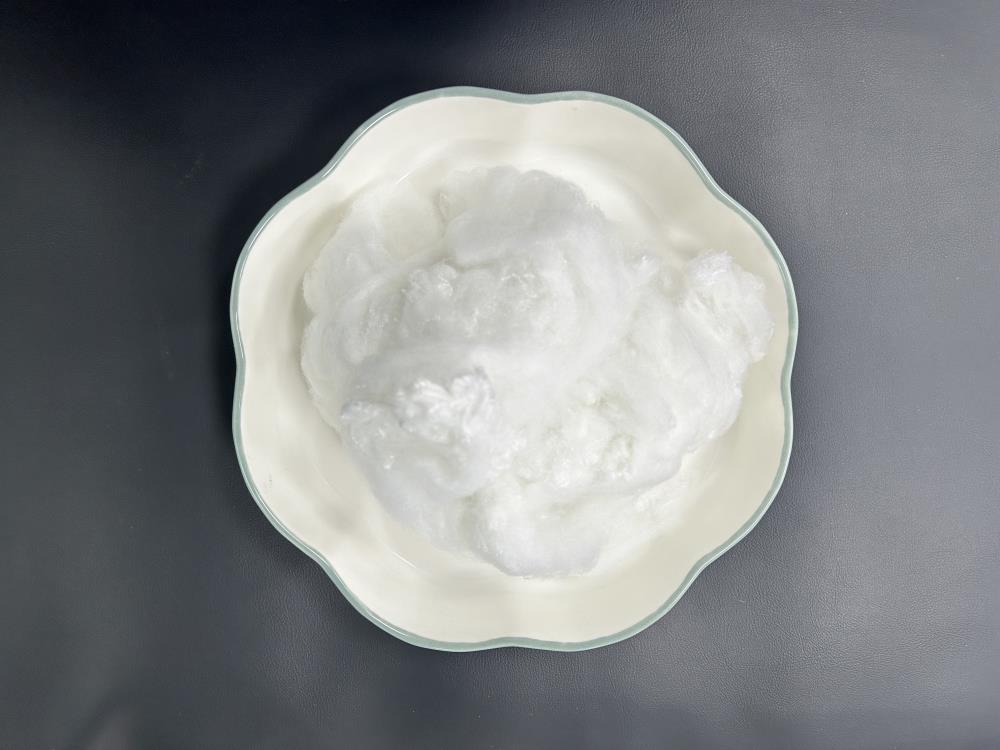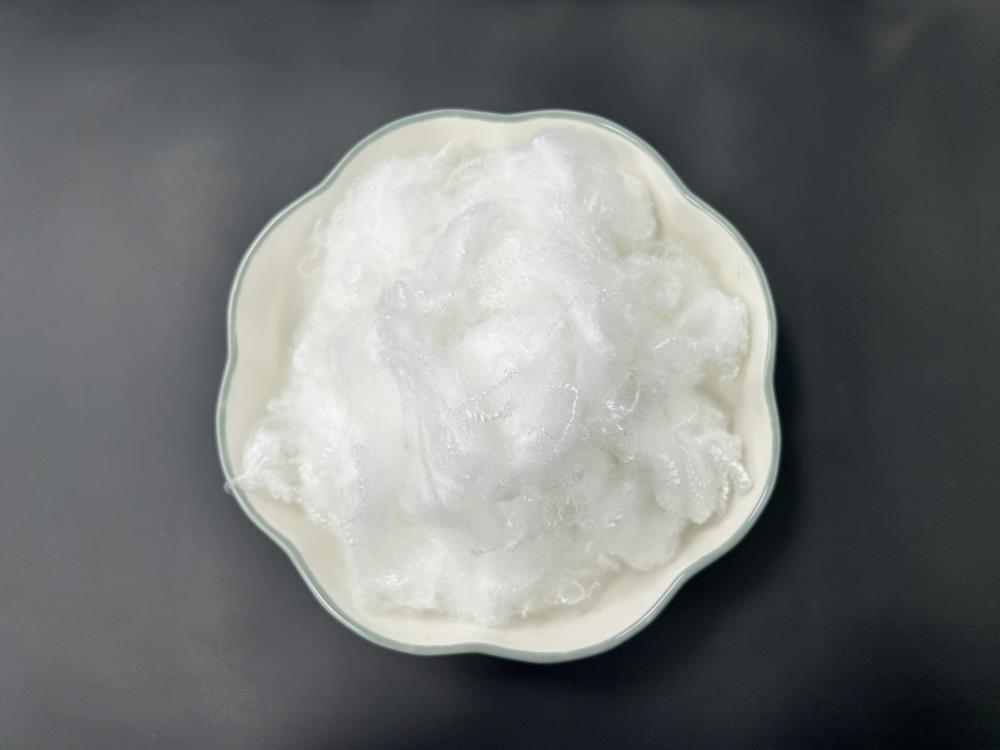Polyester fiber is actually a very versatile material in the textile industry, especially with excellent performance in felt production. This synthetic fiber is derived from recycled PET bottle flakes and also has many advantages that make it popular in various applications. Let's find out what makes this fiber unique in the textile world and what characteristics, advantages and uses it provides for polyester fiber felt.
What is polyester fiber?
Polyester fiber is divided into two types: virgin polyester fiber and recycled polyester fiber. Virgin polyester fiber is made from petroleum extracts. This type of fiber has a good feel and color. Recycled polyester fiber is made from recycled plastic bottles. This fiber is relatively cheap. With the increasing technology of making fibers, the quality and feel of recycled polyester fibers have caught up with virgin polyester fibers.

Properties of polyester fiber
Reasons for using polyester fiber From the perspective of felt manufacturing, polyester has the following important characteristics:
1. Durability: Polyester fiber is also very durable. With incredible durability, this material can be used in high-traffic and very demanding applications.
2. Elasticity: The fibers of these fabrics have extraordinary elasticity, which allows them to bounce back and retain their shape, so you will hardly experience wrinkling, stretching, or shrinking. This property is most important for felt items that must retain their shape during long-term use.
3. Moisture resistance: This is another fantastic advantage of polyester fibers, they have low moisture absorption, dry very quickly, and do not promote the growth of mold. Due to this property, it is very useful in felts used in high humidity environments.
4. Chemical resistance: Polyester is chemically resistant to many acids and bases, which makes the felt products last longer.
5. Lightweight: Polyester fibers are strong and have low density, so they are easy to use in a variety of applications.

Advantages of using polyester fibers to make felt
Polyester fibers have properties that make them very suitable for making felt. Here are some of the advantages:
1. Adaptability: Both virgin and recycled polyester fibers make great felt.
2. Cost-effectiveness: Polyester is a more affordable material than natural fibers such as wool, which makes it an affordable choice for businesses and consumers.
3. Easy to maintain: Felt polyester does not require much maintenance and you can clean it easily. Generally speaking, if the felt protectors are dirty or have stains (except for adhesive spills), there are two ways to deal with them; for larger items (such as cloth books), washing is required, while for small items (such as coasters), spot cleaning may be sufficient.
4. Green choice: Many polyester fibers manufactured now are made from recycled materials, so this choice is also more environmentally friendly and sustainable.
5. Polyester fibers have good color, so there are many brightly colored felt products to choose from.

Uses of Polyester Felt
Polyester felt is popular for its versatility and superior performance. Some common uses include:
1. Polyester Felt and Crafts Polyester felt is the first choice for crafts because it is available in a variety of colors to meet the various needs of users.
2. How it is used in industrial applications: Due to its elasticity and chemical/moisture resistance while maintaining flexibility (elasticity).
3. Home Decor: Felt cushions, rugs, furniture pads, carpets, sock puppets Other Uses of Felt Polyester felt is used as part of spring mattresses, rug pad backings, and cushion pillow fillings to increase comfort, versatility, and durability.
4. Automotive Industry Its applications are soundproofing, insulation, and decorative backing for car interiors.
5. Fashion & Accessories: Polyester felt is a popular material in the fashion industry as it enables them to make hats, bags, and accessories that are both beautiful and functional.

Conclusion
As a result, polyester fiber has become one of the leading materials for felt. Advantages include strength and versatility, as well as cost-effectiveness and low maintenance. Polyester felt is popular because it is used not only in industrial applications but also in crafts and many other common household items. Polyester fiber continues to lead the way in innovation, adapting to the changing needs of manufacturers and consumers with every new development in recycling or sustainability.
Post time: Jul-02-2024
